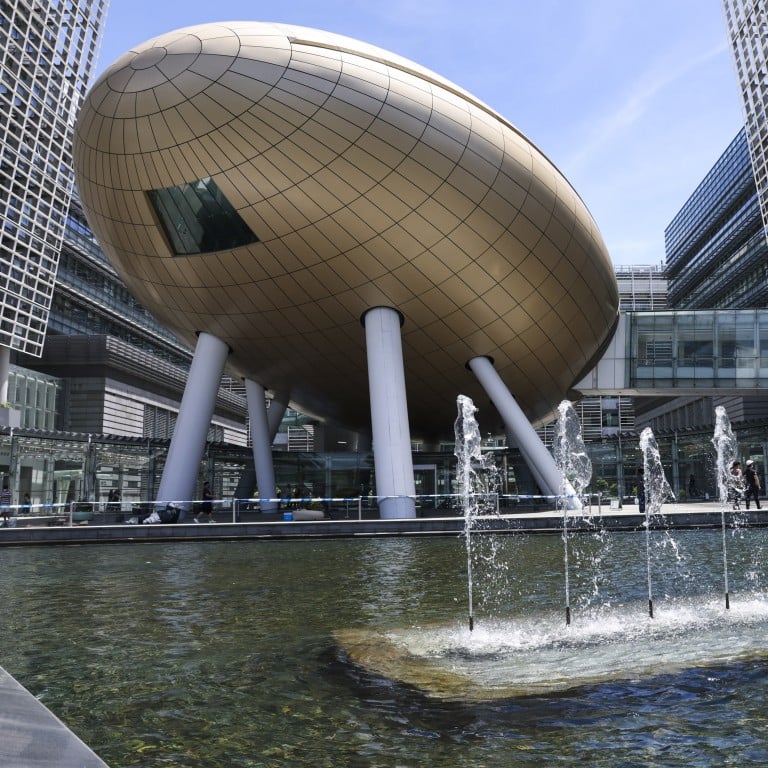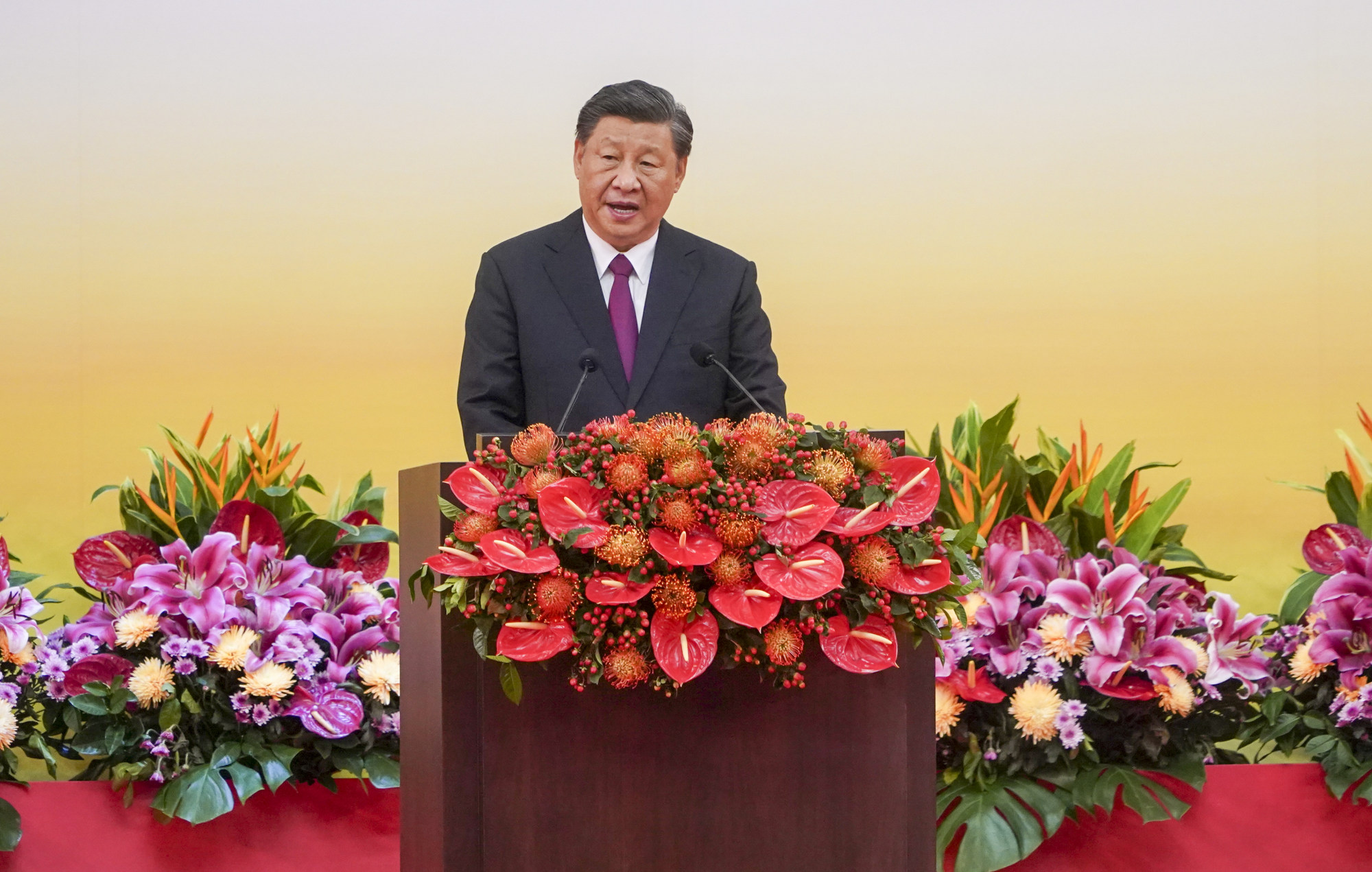
Technology is key to achieving Xi’s Jinping’s four goals for Hong Kong
- Ensuring the president’s proposals become reality will require tech-driven innovation
- We should improve data-sharing for more informed policymaking, expand our world-class universities to create new opportunities for work and study, and begin work in earnest on the Northern Metropolis
First, to “improve the level of governance” as Xi said, providing civil servants with the latest technology, and training on how to get the most out of it, is a must. One tool that can be adopted to boost government “capacity and efficacy” is common spatial data infrastructure (CSDI), developed by the Development Bureau and expected to be launched at the end of this year.

Xi hopes Hong Kong will “seize historic opportunities offered by China’s development” and “dovetail itself with [ …] national strategies such as the development of the Guangdong-Hong Kong-Macau Greater Bay Area” (GBA).
Hong Kong is an international financial, shipping and trading centre. It has much to offer, as well as to gain from, the GBA. The development of the Northern Metropolis will help Hong Kong and the Greater Bay Area combine their strengths, establish a cross-regional ecosystem, and turn Hong Kong into a global innovation and technology hub. This will require smart land-use planning.
How can we modernise our logistics industry and promote the city’s integration with the GBA, and at the same time increase housing supply and provide industrial, commercial and public facilities to support the livelihoods of those who come to live in the Northern Metropolis? Holistic thinking and smart planning will be required.
Third, to “earnestly address people’s concerns and difficulties in daily life”, we need to accelerate Hong Kong’s development into a smart city.
The key question is whether the government has thoroughly implemented the measures outlined in the blueprint. For example, have officials promoted the open data policy, as promised? Moreover, have government agencies actually made use of greater access to data in their decision-making?
Finally, we should “work together to safeguard harmony” by raising youth employment levels and encouraging education institutions to expand into the GBA to create new opportunities for study and work.

On one hand, the government should be committed to increasing investment in research and development to 1.5 per cent of GDP; on the other, it has to promote public-private collaboration to provide pre-employment training and job matching for young people, and strengthen innovation and technology education.
Moreover, given Hong Kong’s high number of world-class universities, the government should be encouraging more institutions to set up branches in the Greater Bay Area to create more opportunities for cross-border collaboration and innovation.
Hong Kong youth should also look beyond Greater Bay Area for their future
By embracing new ideas and technology, Hong Kong can live up to President Xi’s high expectations, gradually realising his “four proposals” and developing Hong Kong into a world-leading smart city.
Winnie Tang is an adjunct professor in the Department of Computer Science, Faculty of Engineering; the Department of Geography, Faculty of Social Sciences; and the Faculty of Architecture, at the University of Hong Kong


